How to treat insect bites and stings
A guide for hikers, trail runners and campers on how to treat insect bites and stings quickly and safely
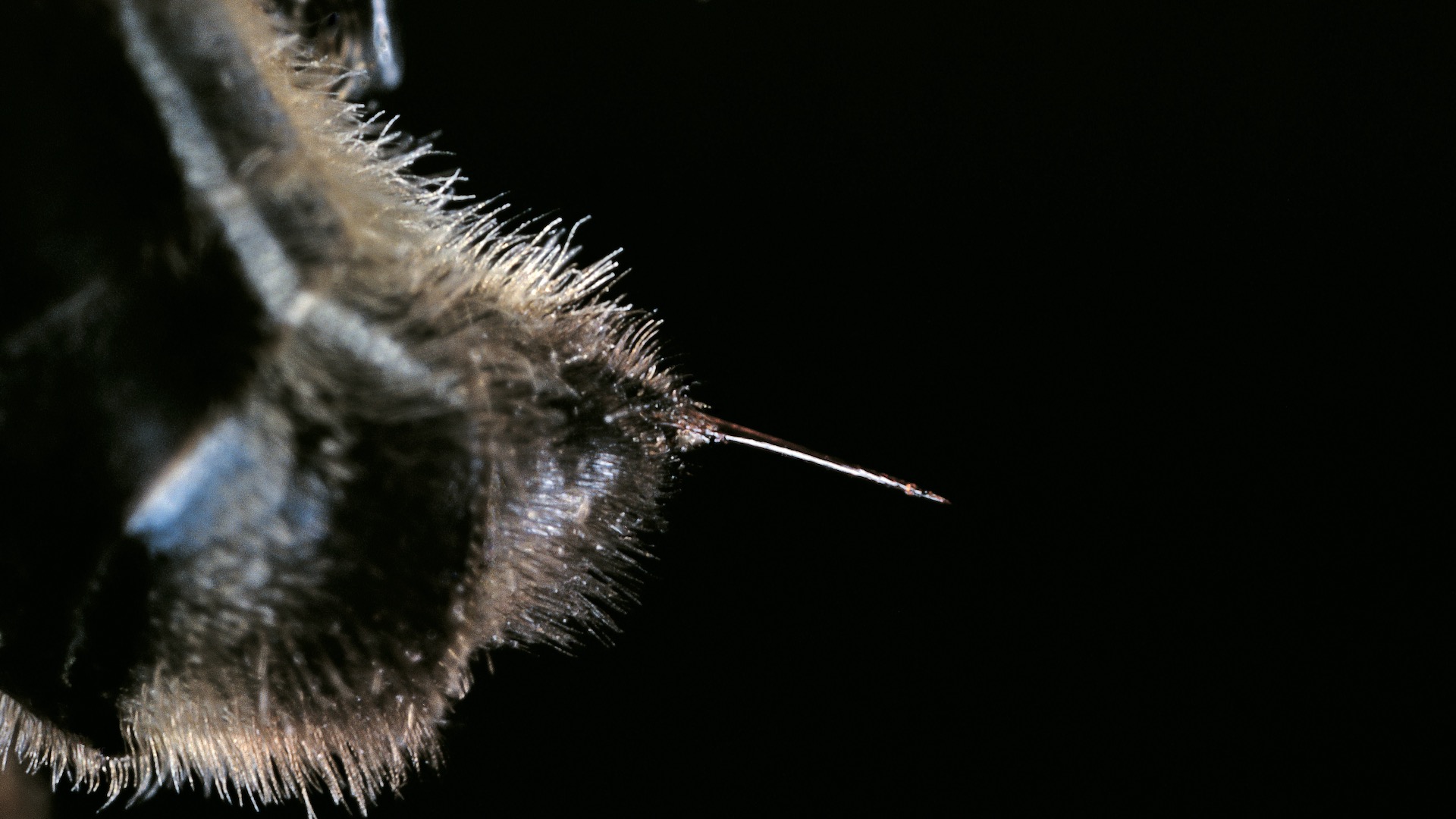
There are so many benefits of spending time outdoors, whether you are a hiker, trail runners, climber or enjoy camping, but there are also a few irritations, including insect bites and stings.
While bites and stings are rarely life threatening for most people, they can be itchy, painful and lead to infections. There are some insects, such as ticks, that have the potential for long-term illness, so this guide on how to treat insect bites and stings is well worth a read to make sure you deal with them quickly and successfully.
The best method is to avoid insect bites and stings in the first place. Use the best insect repellents for best effect or cover up with long-sleeved base layers and your best hiking pants at times when there are greater numbers of insects. For example, the biting midge is usually at its worst in morning and evenings and when there is little wind so fun clothing and a midge net will be the best way to stop bites.
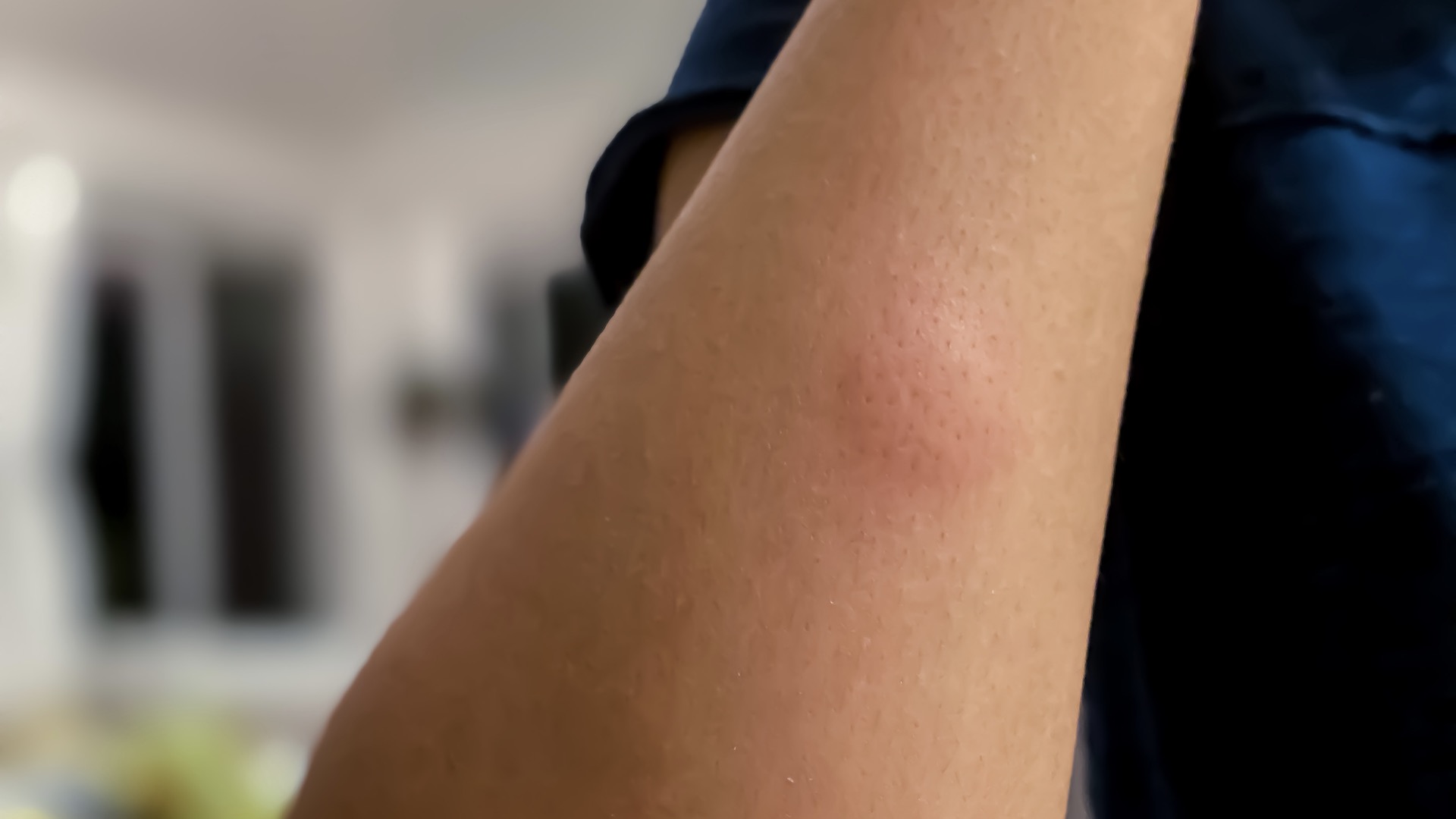
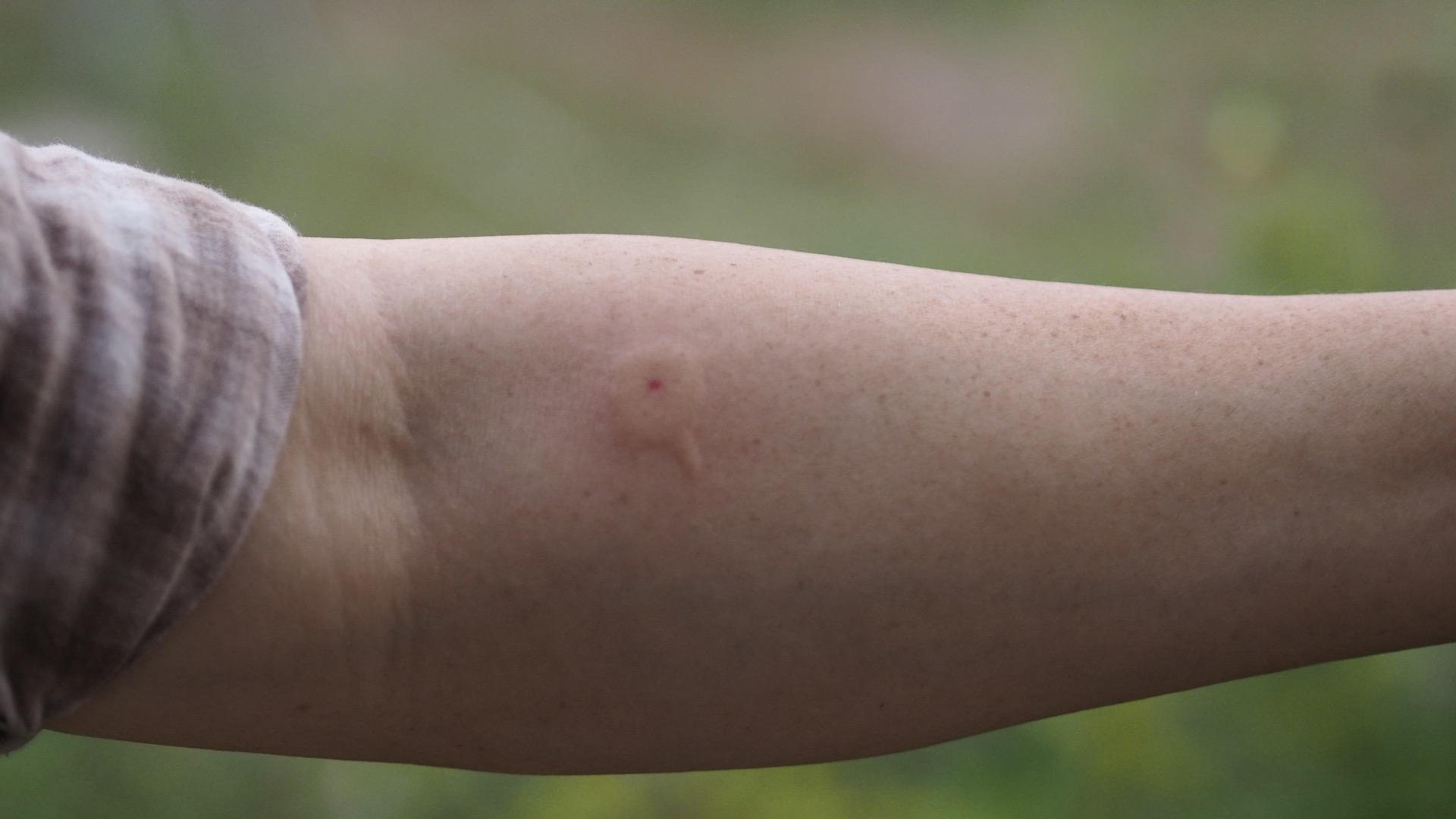
How to treat insect bites and stings
Bee stings
If you have been stung and there is something left behind, for example when a bee attacks it will leave a stinger in the skin, you should remove it as soon as possible.
The correct method is to scrape out the sting sideways with something that has a hard edge, such as a bank card, or with your fingernails if you don't have anything else you can quickly access.
If you try to pinch the sting with tweezers or your fingers to emote it you may simply spread the venom.
Advnture Newsletter
All the latest inspiration, tips and guides to help you plan your next Advnture!
Note, wasps and hornets do not leave a stinger but this means they can sting repeatedly, while a bee will not sting again once is has left a stinger.
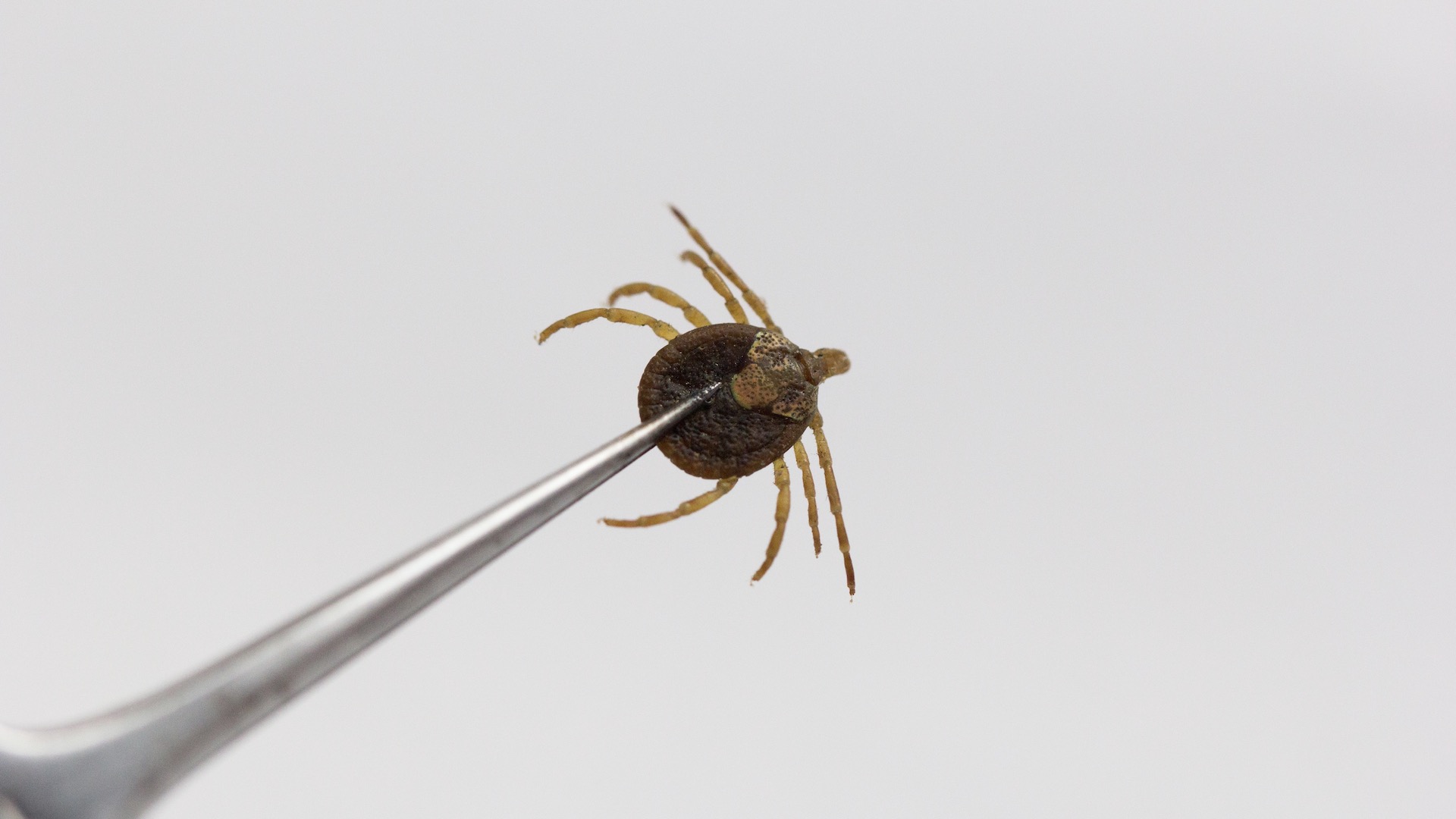
Tick bites
A tick must be more carefully removed from the skin because you must get out the whole body and not just bits of the insect.
To do this, use a specialist tick remover. You can buy these from outdoors retailers, as well as at pet shops or vets, though these are sometimes included in the best first aid kits for hiking.
Aim to grip the tick as close to the skin as possible to ensure the tick's mouth isn't left in the skin. Then pull steadily away from the skin without crushing the tick.
Wash the area of skin with water and soap afterwards, then apply an antiseptic cream around the bite.
People might tell you that tweezers will suffice, or you can burn out the tick with a lighted match or cigarette end, but this is incorrect information.
It is vital with ticks that you remove them as soon as you can because some ticks carry a bacterial infection called Lyme’s Disease.
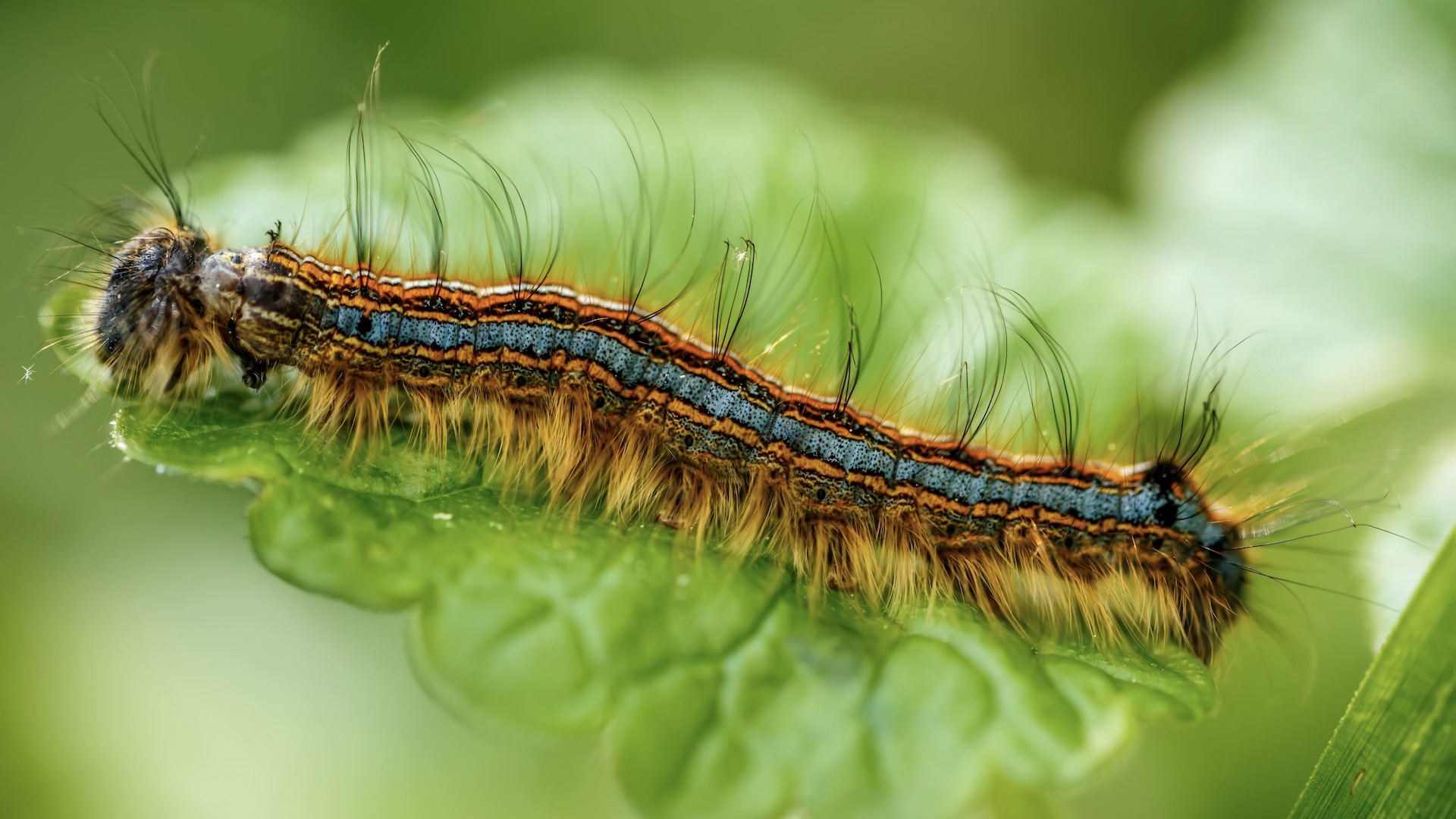
Caterpillar hairs
Caterpillar hairs can also cause an adverse reaction. Dealing with caterpillar hairs, especially those that are of the oak processionary moth, is important because they can pose a health risk to humans and cause rashes and breathing difficulties.
The best method is to remove a hair using tweezers. It is important not to brush your hand over the hair because this could release more hairs.
Next, wash the skin with running water and allow it to dry before using sticky tape to take away any other stray hairs.
You might need a cream or ice pack too relieve the itch afterwards. Medics advise against creams with antihistamine for caterpillar hair reactions.
Other bites and stings
Other bites and stings, such as those caused by wasps, horse flies, midges (see: How to stop midge bites) or mosquitoes, might swell up. It’s important not to itch them. If you break the skin, you may end up with an infected bite due to bacteria on your hands and nails.
Note that mosquitoes in the UK do not generally carry disease, such as those in other countries where there is a risk of the Zika virus, yellow fever, dengue, malaria and other diseases from bites. If you are travelling to locations where there is a risk of these diseases, you should seek the advice of a travel clinic or your GP.
There are many treatments for cooling and reducing the itch of bites. Try a cool pack in the first instance. You can buy soothing treatments, including creams or sprays, as well as calamine lotion. Home remedies include vinegar to reduce the itch and swelling, although there are mixed opinion on whether these work.
There are also electronic bite relief devices that remove the heat and itch, as well as reducing the swelling, of a bite. These can be highly effective.
Anti-histamine tablets can be another effective way to take the itch and swelling out of a bite, too.
For pain or discomfort take paracetamol or ibuprofen.
It is normal for pain, swelling and itchiness to last for a few days. You are advised to see your GP if these treatments don't help. This, and more, is covered in our guide to hiking injuries.
When to get medical advice for stings and bites
It is recommended that you contact your doctor for advice if: You have been stung or bitten in your mouth or throat, or near eyes; if a large area – around 10cm or more – of skin becomes red and swollen; if the wound becomes infected and shows pus or the swelling becomes worse or redder; you suffer symptoms of a more widespread infection, including a fever or swollen glands; or if your general symptoms don't start to improve within a few days or are getting worse
The NHS website reports that you should call for emergency help if you or someone else has symptoms of a severe reaction, such as difficulty breathing; a swollen face, mouth or throat; feeling sick or being sick; a fast heart rate; dizziness or feeling faint; difficulty swallowing; or loss of consciousness. Emergency treatment in hospital is needed in these cases.
Being prepared for stings and bites and knowing how to avoid them where possible will ensure you enjoy your outdoor activity even when there are biting and stinging insects about.

Fiona Russell is a widely published adventure journalist and blogger, better known as Fiona Outdoors. She is based in Scotland and is an all-round outdoors enthusiast with favorite activities including trail running, mountain walking, mountain biking, road cycling, triathlon and skiing (both downhill and backcountry). Aside from her own adventures, Fiona's biggest aim is to inspire others to enjoy getting outside and exploring, especially through her writing. She is also rarely seen without a running skort! Find out more at Fiona Outdoors.
